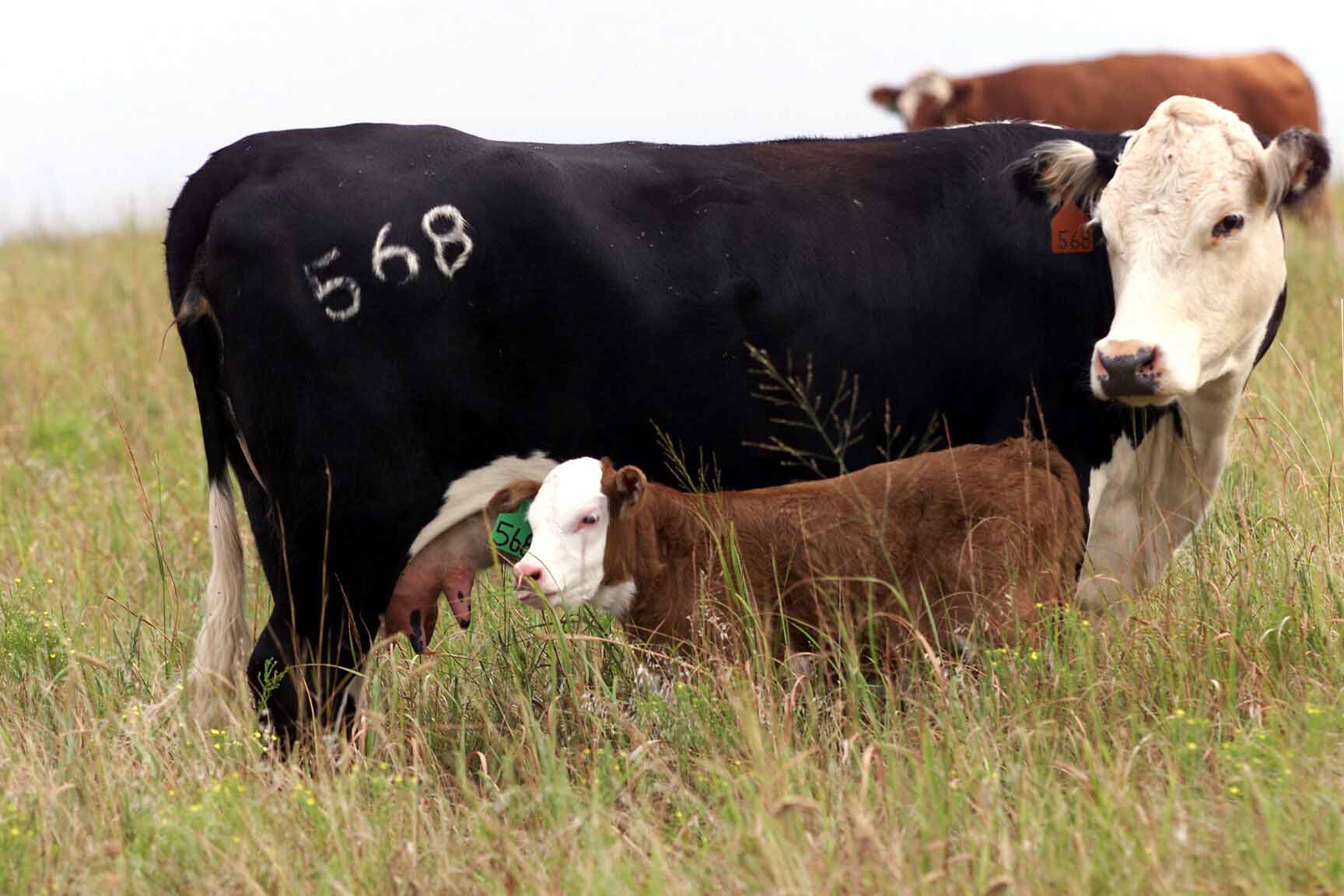
By Steve Tonn, UNL Extension Educator
Calving season is upon us and how do your cows look? Are they are on the thin side or in good body condition? Has the winter been tough on them? Has your pre-calving nutrition program been adequate?
Cow body condition is a more reliable indicator of nutritional status of a cow than body weight.
Cow body condition scores are based on a scale of 1 to 9. Mature cows should calve at a body condition score of at least 5 and first calf heifers should have a body condition score of 6 at calving. If body condition scoring is new to you, then just focus on separating cows into thin, moderate and fat groups without worrying about a numerical score.
Thin cows may give birth to calves that are less vigorous and slower to stand to nurse for the first time. They also produce less colostrum and lower quality colostrum for their calves. This means the calves will not receive as high a dose of passive immunity or antibodies from the cow to help the calf fight off diseases. Thin cows are slower to re-breed after calving than compared to moderate condition cows. That means more calves will be born later in the calving season next year.
Condition changes after calving will have more subtle effects on rebreeding especially in cows that are in marginal body condition. Body condition changes from the time the cow calves until she begins the breeding season can play a significant role in the rebreeding success story. This appears to be most important to those cows that calve in the marginal body condition score range of "4" or "5". An Oklahoma trial illustrates the vulnerability of cows that calve in the body condition score of 5. Two groups of spring (March) calving cows began the winter feeding period in similar body condition and calved in very similar body condition. However, after calving and before the breeding season began, one group was allowed to lose almost one full condition score. The other group of cows was fed adequately to maintain the body condition that they had prior to calving. The difference in rebreeding rate was dramatic (73% vs 94%). Again this illustrates that cows that calve in the body condition score of 5 are very vulnerable to weather and suckling intensity stresses and ranchers must use good nutritional strategies after calving to avoid disastrous rebreeding performance.
Following calving, it is very difficult to increase the body condition on a cow. Lactating cows have a very high nutrient requirement. They need a lot of excess energy to increase their body condition. This is usually not practical or economical to do. However, separating thin cows from moderate condition cows would be a good management practice. This would allow the thin cows to get their fair share of the feed. Also feeding thins cows a higher quality more nutrient dense ration would be helpful. Because corn prices are high, beef producers may want to consider using alternative feeds such as soybean hulls, distillers grains or corn gluten feed in the cow’s diet. Price your energy source on a per pound of TDN basis to get the best buy.
Yes, the feed is high-priced. But the cost of losing 21% of next year’s calf crop is even greater!
Poor nutrition prior to and following calving, can have harmful lasting impacts on cow productivity and cow herd profitability.
More details at: http://go.unl.edu/v8s